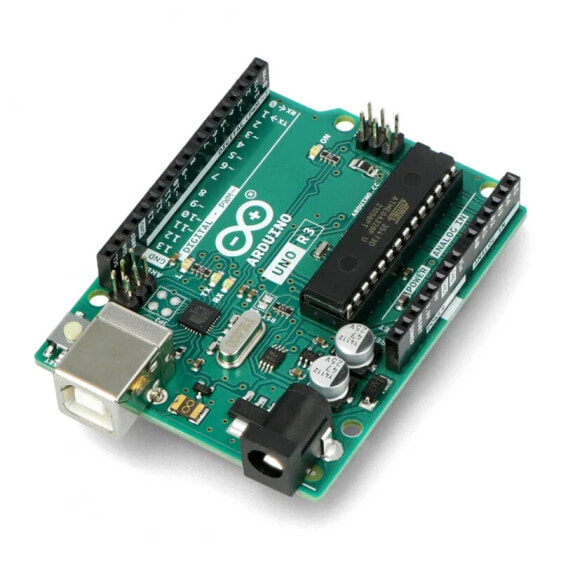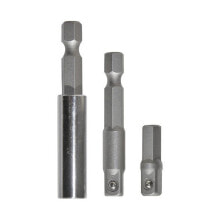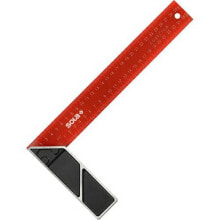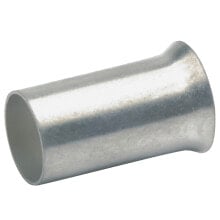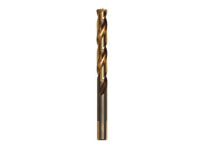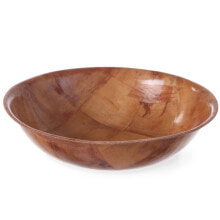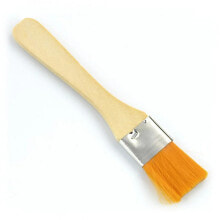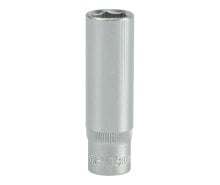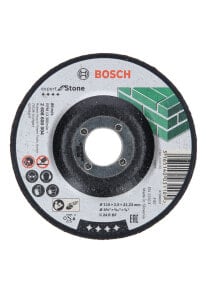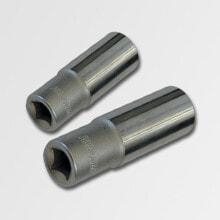Properties
- UC - I2C
- yes
- UC - RAM
- 2 kB
- UC - A/C
- 10-bit
- UC - PWM
- 6
- UC - USB
- USB B
- UC - UART
- yes
- UC - ядро
- 8-bit AVR, 1. Single Core
- Promotion
- BF20
- Voltage To
- 7.0 V
- UC - EEPROM
- 1 kB
- Voltage From
- 12.0 V
- UC - Вспышка
- 32 kB
- UC - аналог в
- 6
- UC - frequency
- 16 MHz
- UC - SPI Interface
- yes
- UC - microcontroller
- ATmega328
- Выходное напряжение от
- 5.0 V
- Выходное напряжение до
- 5.0 V
- UC - Цифровые контакты
- 14
Other features
- Brand
- Arduino
- Nominal output voltage
- 5.0 V
Description
Arduino Uno is the main and, at the same time, the most popular edition of the entire series. The Board contains an ATmega328 microcontroller, equipped with 14 digital I/o of which 6 can be used as PWM outputs (e.g. for motor control), and 6 analog inputs. The system works with the signal ticking with the frequency of 16 MHz and has 32 KB Flash memory and 2 KB RAM SRAM.
The subject of the sale is the original product of Arduino Uno, Botland is the official distributor of this company.
Key featuresBelow are a few features that distinguish modules Arduino Uno compared to other programmable tiles.
Name Description
Installed
bootloader
Thanks to installed bootloader, to programme the device, the appropriate USB cable and software from manufacturer's website is enough .Arduino
Shield
The distribution of connectors allows the installation of special plates, so-called Arduino Shield.Digital
outputs
14 digital inputs/outputs allows, in particular, control of LEDs, relays and reading the buttons' states.Efficiency of
current
The maximum power load for a single output is 40 mA.PWM
Outputs
6 PWM outputs allow e. g. motor control and brightness control of the LEDs.Analog
inputs
6 inputs of built-in analog-digital converter box with a resolution of 10-bit support, in particular, sensors with analog output.Serial
Communication
The device supports popular network interfaces, including UART, I2C and SPI. Special functions Some of the pins have special functions and their brief description is available in our guide.Built-in
memory
Atmega328 system with a clock signal with a frequency of 16 MHz, has 32K Flash memory, 1 KB EEPROM and 2 KB of RAM SRAM.Power
DC connector
To power the Arduino, you can use any power source with a voltage from 7 V to 12 V with DC connector 5.5 x 2.1 mm.Power
USB port
The tile can be powered from a computer via USB cable, bearing in mind that the maximum power load for the USB port is 500 mA. Arduino has a system that protects the socket from short-circuit and the flow of too large current.ICSP
Connector
The module has ICSP outputs for connecting an external AVR programmer.IOREF
Pin
The IOREF Pin provides direct access to the volatge with which I/O outputs work.Built-in
led
The connected led on pine 13 allows debugging of simple programs.Output
3.3 V
Built-in voltage regulator provides power to external devices with the voltage of 3.3 V with current consumption of 50 mA.Microcontroller
in THT
Thanks to the use of THT case, in case of damaging the main microcontroller Atmega328P you can easily replace it.
First run
To help you get started with the module, we have prepared a tutorial that concerns the installation and first run of the Arduino environment.
The distribution of elements on the Arduino Uno.
Specification
- Supply voltage from 7 V to 12 V
- Model: Arduino Uno
- Microcontroller: ATmega328
- Maximum clock frequency: 16 MHz
- SRAM: 2 KB
- Flash memory: 32 KB (5 KB is reserved for bootloader)
- EEPROM: 1 KB
- I/O Ports: 14
- PWM outputs: 6
- Number of analog inputs: 6 (channels of converter A/C with 10 bit resolution)
- Serial interfaces: UART, SPI, I2C
- External interruptions
- The connected led on pin 13
- USB A connector for programming
- DC connector 5.5 x 2.1 mm for power
- Transparent, self-adhesive stems in kit
Useful links
- The manufacturer's website
- Arduino Docs
- Get Started
- Forum about Arduino
- Software Arduino IDE
- Diagram of the module to Arduino Uno
- The design files in the Eagle program
- Atmega328 datasheet
- Arduino Uno datasheet
- Pinout
- Equipped with an ATmega328 microcontroller.
- 14 digital I/O ports, 6 of which can be used as PWM outputs.
- 6 analog inputs with a resolution of 10 bits.
- Supports popular communication interfaces: UART, I2C, and SPI.
- Installed bootloader for easy programming via USB cable.
- Compatible with Arduino Shields for extended functionality.
- Built-in memory: 32 KB Flash, 2 KB SRAM, and 1 KB EEPROM.
- Can be powered via DC connector (7V to 12V) or USB port (max load of 500 mA).
- Integrated voltage regulator provides power to external devices at 3.3V with a current consumption of up to 50 mA.
- ICSP outputs available for connecting an external AVR programmer.
- Easy replacement of the main microcontroller due to THT case design.
- Some users reported receiving boards with damaged ATMEGA chips.
AI generated based on user reviews
